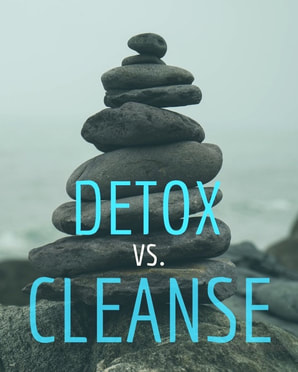
I run group programs every year and inevitably, I'm asked what's the difference between my January Detox and my Spring Cleanse. So, If you've ever wondered about or asked the question –– this is for YOU!
Defining the Terms Cleanse and Detox
Before I dive into the deep end, I thought a clear definition of each concept would be helpful.
Cleanse: cleansing is a process or period of time during which a person attempts to rid the body of substances regarded as toxic or unhealthy, typically by consuming only water or other liquids. (Consuming only water or other liquids is not a protocol in my programs)
Detox: detoxing has many definitions, but the biochemical definition in the context of a bodily function is: the metabolic process by which toxins are changed into less toxic or more readily excreted substances for removal from the body.
With some context set, let's consider:
- Why you might consider a detox or cleanse program
- Why gut health matters most
- What are the benefits of cleansing and detoxing?
- What roles do food, liquids and vitamins play in cleansing the body?
- How to spot unhealthy programs, fads and snake oil salesmen
A detox or cleanse program may be a good fit for you if you experience any of the following:
fatigue sleep issues
- fatigue
- sleep issues
- headaches
- joint pain
- digestive issues
- undiagnosed food sensitivities
- low energy
- brain fog
- struggle with meal prep
- constantly crave sweets
Gut Health: The Core of Your Wellbeing
Science has learned a great deal about the importance of gut health in the last ten years. It’s not simply where digestion happens. It’s where our microbiome –– the makeup of bacteria and other microorganisms in the stomach and intestines –– reside. Most importantly, the makeup of your unique microbiome impacts your ability to fight off illness. In healthy people, there is a good balance of beneficial and opportunistic bacteria residing in the gut. In people struggling with dis*ease, there is likely dysregulation between beneficial and opportunistic populations of bacteria and pathogens. Often bacteria associated with disease are more plentiful causing susceptibility to inflammation, lower immune function, asthma and allergies, depression, diabetes, heart disease, cancers –– and even obesity.
Symptoms of an Unbalanced Gut
If you’re experiencing on-going issues with bloating, constipation, diarrhea, excess gas or abdominal pain you may be suffering from dysregulation in your gut. We take our hard-working digestive system for granted until something goes wrong which we cannot easily resolve. If something’s gone awry with your gut health, participating in a detox or a cleanse is a good place to start in both understanding the root cause of your issues as well as taking appropriate steps to resolve them.
For more entrenched symptoms of an unbalanced gut, or dysbiosis, such as SIBO (small intestinal bacterial overgrowth), IBS (irritable bowel syndrome) or chronic skin issues there is testing available that looks at the microbial make-up of the gut. This is where functional medicine shines in finding and resolving issues at the root cause by creating personalized treatment protocols to address gut dysfunction, rather than using medications to make symptoms "tolerable".
When we address the health and function of the gut, by extension, we address overall health! Just as every organ and gland in your body is impacted adversely by a dysregulated gut, it is impacted, positively by a balanced, health gut. The interconnectivity is vast and biochemical. Improved gut health = whole-body benefits.
The Benefits of Cleansing and Detoxing
We've established that the focus of cleanse protocols focus on improving digestion, reducing inflammation and healing the gut microbiome by balancing microbial populations and that detoxing supports both reducing toxic load while also supporting the metabolic processes of the liver for eliminating toxins.
What we haven't discusses is the unprecedented levels of toxins we currently face in our daily lives. Our foods and soils are laden with pesticides, chemicals and preservatives. The quality of the air we breathe continues to erode, and we have a beauty industry is that is largely unregulated. It's estimated that women in the US are exposed to over 168 chemicals on average daily and the vast majority are applied directly to skin in the name of beauty. Those include isobutane, aluminum, fragrance and propylene glycol. These toxins create a workload for our liver that is new to the human species.
According to Dr. Mark Hyman "Eighty thousand toxic chemicals have been released into our environment since the dawn of the industrial revolution, and very few have been tested for their long-term impact on human health. And let me tell you, the results aren’t pretty for those that have been tested."
Similar to your gut, if your liver is not functioning properly, your body will tell you. Are you listening?
Excessive fatigue, hormonal imbalances, increased sensitivity to chemicals, poor sleep, eczema and other skin issues, canker sores, brain fog –– are all signs that your liver may be struggling.
I often find that people mistake toxic load symptoms for weakness or believe their body is "failing" them, rather than looking at symptoms as an opportunity to pay attention and make necessary changes. The truth is, we are not weak or broken, we are essentially burdening our liver with the load of 10 livers. And, what the liver cannot manage to break down and excrete has to go somewhere. Our body, in its never-ending goal to protect us, chooses to store these toxins safely out of circulation in various tissues throughout the body, essentially kicking the can down the road to be dealt with "later".
The Phases of Detoxification
The liver's key responsibility is to filter, break down and facilitate the elimination of toxins from the body. This detoxification process happens in phases. Interestingly, as science and research progress and more biological detail is discovered, we are learning that there are actually more than just the 3 phases of detoxification discussed here.
Phase 1
Phase 1 of detoxification is activated by external toxins. Those include things like alcohol, certain medications like sleeping pills, and contraceptives, caffeine and steroids. They're also activated in a favorable way by foods, rich in certain nutrients like vitamin C and sulforaphane, and herbs like milk thistle and dill. This phase is your first line of defense against toxins. A group of enzymes known as cytochrome P450 protect your cells from oxidative damage by attempting to break toxins into smaller metabolites. This renders toxins water soluble in order to pass them onto the next phase of detoxification.
Phase 2
This phase is all about conjugation and moving these broken down metabolites out of your body through stool, urine, lymph (excreted through urine or stool), respiration and sweat.
The problem is that we do a great job promoting Phase 1 with our sugar, caffeine and refined carb intake and an increasingly poor job at providing the favorable substances. A liver overwhelmed by toxins yet underwhelmed by antioxidants, B vitamins, amino acids, sulfur containing vegetables and leafy greens is going to struggle and be sluggish. These are the substances that support and enable this phase.
Phase 3
Think of this phase of detoxifying as the transportation phase. The actual transport of these substances out of the body. How do we do that? Proper hydration, optimal nourishment that includes foods that support the biochemical process, while also practicing habits the support optimal digestion to ensure at least one complete bowel movement a day. Urine output varies, but 4-10 times daily is considered healthy. Urine should be pale in color and odorless. Clear urine is a sign of over-hydration and darker urine is a sign of dehydration.
How to Spot Fad Cleanses, Detoxes and Snake Oil Salesmen
Let's face it, we tend to gravitate to cleanses when we've either overindulged or are feeling "off". It's human nature to want to do something about it quickly. But beware: fad cleanses that promise fast results are not the way to go and can do more harm than good by depriving you of important nutrients. As the biochemical science of detoxification cited above points out, detoxifying requires nutrient support.
If you're considering doing a cleanse, but are unsure whether it is a good one or not, ask yourself the following questions:
- Does the cleanse or detox program promise big results in little time?
- Does it focus on weight loss in a short time?
- Does it deprive or limit you to specific foods? (think: juice or soup only)
- Does it claim "no exercise necessary"?
- Does it promote the use of laxatives or enemas?
Why a Bwell program?
Honestly, I find the terms "cleanse" and "detox" somewhat cliche and off-putting, inspiring a solid eye-roll even in myself! While the terms themselves may be misused and misleading, there simply does not exist a better way to express what is ultimately a very natural process of the amazingly apt human body.
The best way to cleanse your body is holistically. My cleanse or detox programs are 28 days and are designed to support both cleansing and detoxifying biochemical processes simultaneously. We remove toxic substances where possible and increase the nutrients our physiology needs most. My cleanse or detox programs are built on education and empowerment and the end-game is always about lifestyle. Using food as medicine, I highlight the use of seasonal foods that have been intuitively implemented for millennia to provoke cleansing and detoxifying processes. For example, various cultures were able to store certain foods that nourished them through harsh winters while spring brought the emergence of lighter foods like sprouts, dandelion greens, arugula and watercress. Perhaps this was –– and still is, natures way of helping us shed our "winter coat" 😉.
More importantly, and why I believe my programs are lifestyle changing, is that the biggest focus is on the habits that, when practiced regularly, ensure your body will thrive. Think of my programs as a 28 day runway preparing you for flight!

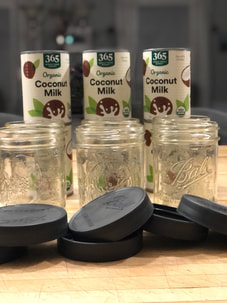

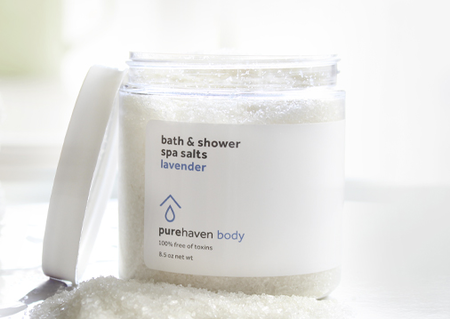

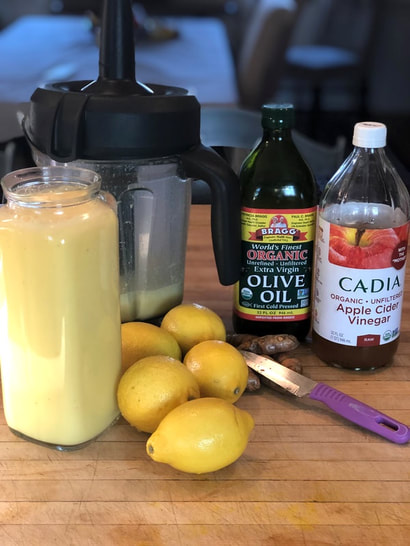
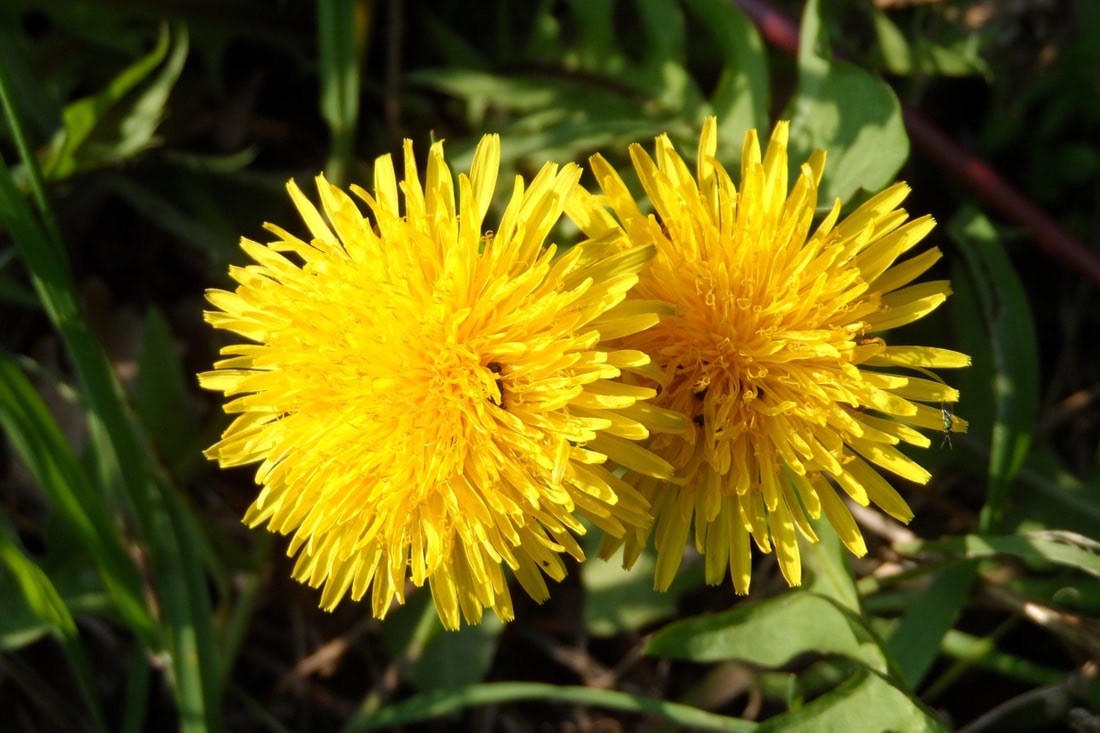
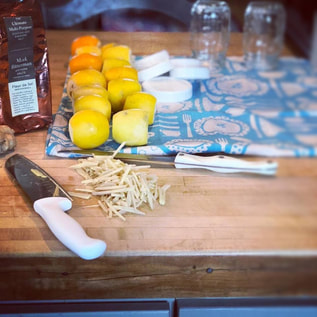
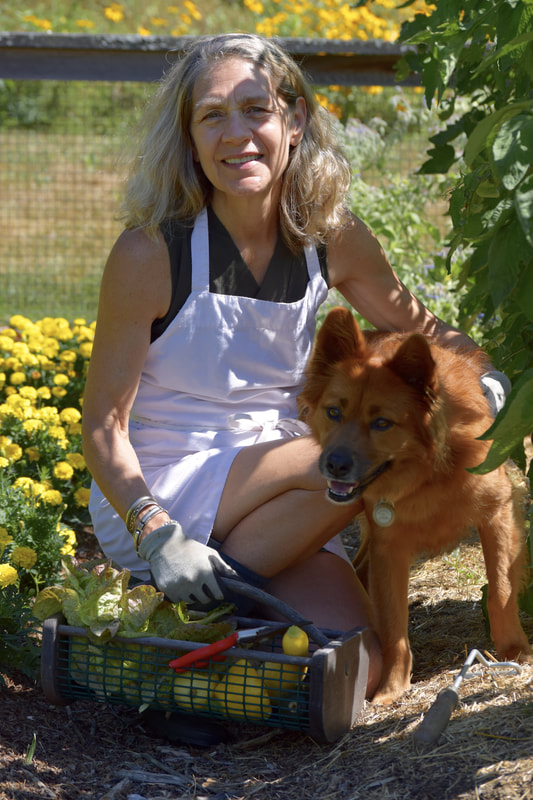
 RSS Feed
RSS Feed